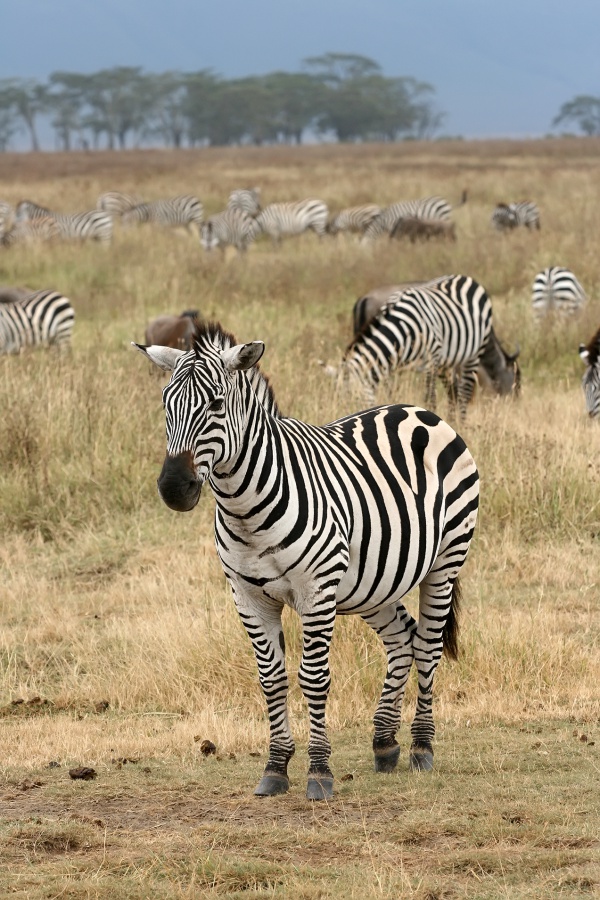Facts About Quagga
The plains zebra, also known as the common zebra, is a familiar sight across southern and eastern Africa. It is medium-sized compared to other zebras and is easily recognized by its broad stripes. These zebras prefer open grasslands and savanna woodlands, steering clear of deserts and dense rainforests. They are social animals, living in groups called harems, which are led by a single stallion who protects them from predators such as lions and hyenas.
First described by John Edward Gray in 1824 under the scientific name Equus burchellii, the plains zebra has six recognized subspecies, including the now-extinct quagga. Recent studies suggest that the variations among zebra populations are more akin to a continuum of gradual changes rather than distinct subspecies. While the overall population of plains zebras is stable, they are still threatened by hunting, habitat destruction, and competition with livestock, leading the IUCN to classify them as near threatened.
Physically, plains zebras stand about 127-140 cm tall and sport black and white stripes that vary in width and pattern. These stripes may help deter biting flies and could also play a role in regulating body temperature. Zebras primarily graze on grass but can adapt to eating a variety of vegetation. They are preyed upon by lions, hyenas, crocodiles, cheetahs, and African wild dogs.
Plains zebras are nomadic and form tight-knit social groups. A harem usually consists of one stallion, several mares, and their young. Bachelor groups also exist and can sometimes join to form larger herds. Zebras communicate using vocal sounds and facial expressions and strengthen their social bonds through grooming. The dominant stallion mates with all the mares in the harem, and the foals are especially vulnerable to predators in their first year.
Conservation-wise, the plains zebra faces challenges from hunting, habitat loss, and competition with livestock. Various national parks and reserves are working to protect them. Although the quagga, a subspecies of the plains zebra, is extinct, efforts are underway to revive its unique appearance through selective breeding.
Zebras hold a special place in African art and culture, often symbolizing beauty and unity. They have also made their way into Western popular culture, frequently depicted in films and literature as exotic and fascinating creatures.

 Democratic Republic of the Congo
Democratic Republic of the Congo